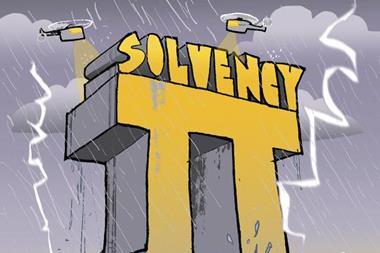New rules could lead to a reduction of about €6bn annually in hidden fees for consumer cards

The European Parliament has adopted a Regulation capping interchange fees for payments using consumer debit and credit cards. When implemented, the rules could lead to a reduction of about €6bn annually in hidden fees for consumer cards. The Regulation on Interchange Fees for Card-based Payment Transactions will also give more freedom of choice to retailers, enhance transparency for card transactions and pave the way for innovative payment technologies.
When a customer pays for a purchase in a store using a credit or debit card, the bank that serves the store (the acquiring bank) pays a fee to the bank that issued the payment card to the consumer (the issuing bank). A so-called “interchange fee” is then deducted from the final amount that the store merchant receives from the acquiring bank for the transaction. Currently, only competition rules limit the fees set by banks and payment card schemes, which are hidden from the consumer and neither retailers nor consumers can influence. When retailers pass these costs on to consumers this can lead to inflated prices. In its MasterCard judgment of September 2014, the European Court of Justice made clear that such interchange fees violate EU antitrust rules. The Regulation will help the card payments industry move from its current business practices to a new more competitive system, to the benefit of consumers, merchants and banks.
As a rule, the Regulation will cap interchange fees at 0.2% of the transaction value for consumer debit cards and at 0.3% for consumer credit cards. For consumer debit cards, it also gives flexibility to member states to define lower percentage caps and impose maximum fee amounts. Besides capping interchange fees, the Regulation also increases transparency on fees and will enhance competition for payment card schemes and banks by, for example, addressing licensing issues and other conditions that have restricted the freedom of choice of retailers.
Furthermore, the Regulation removes major obstacles to technological innovation in payment options. Technologies that enable consumers to pay with their debit or credit cards online or using their mobile phones (with apps, fingerprints, contactless “swipes”, etc.), are readily available. However, uncertainty on the rules regarding interchange fees has been one of the factors holding up the use of these technologies.




















No comments yet